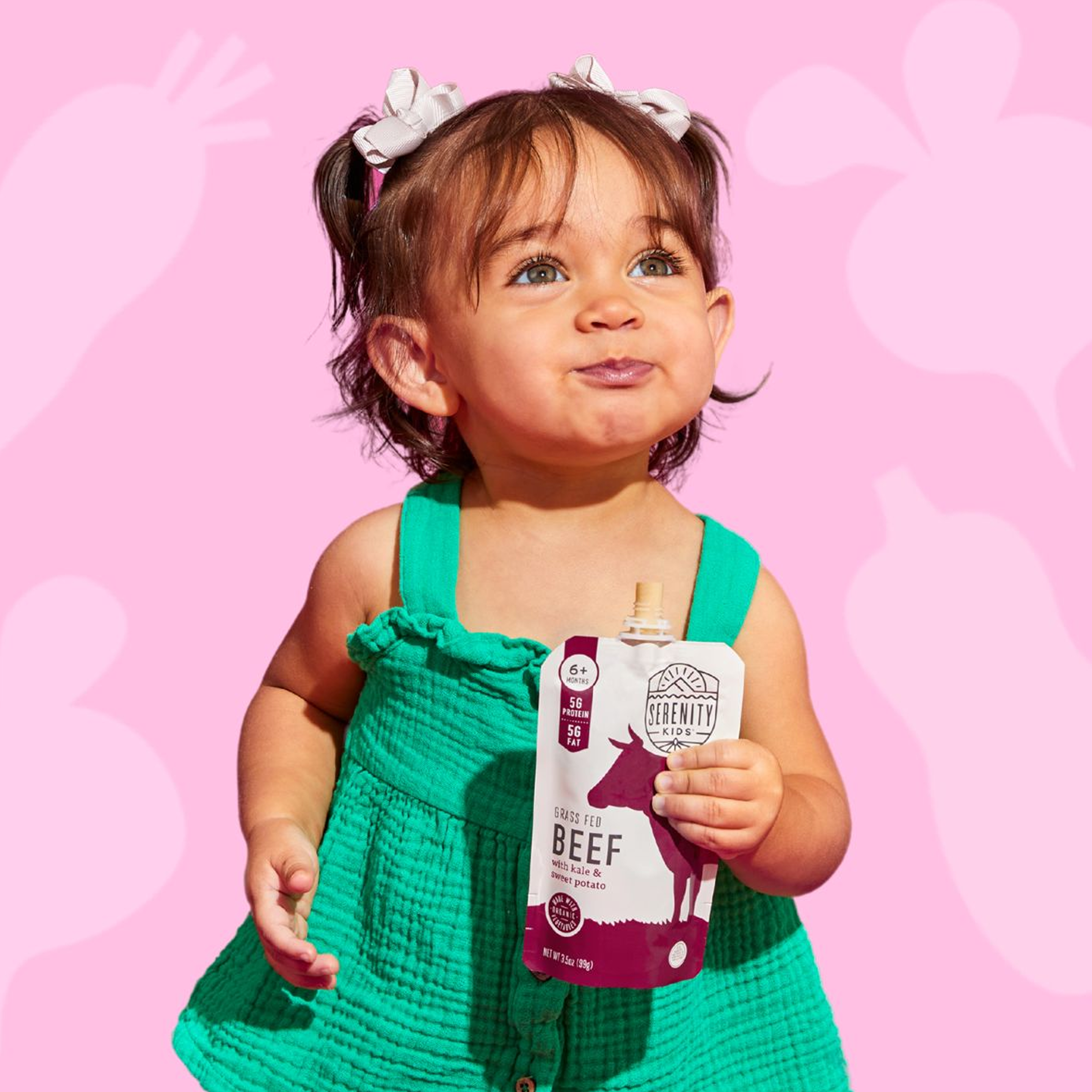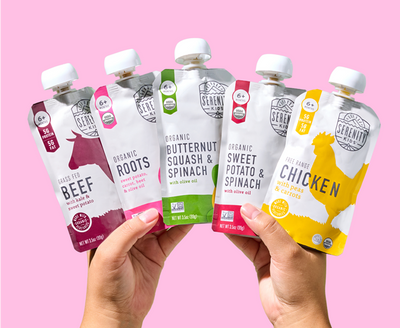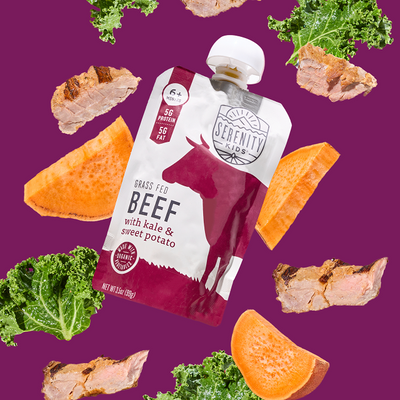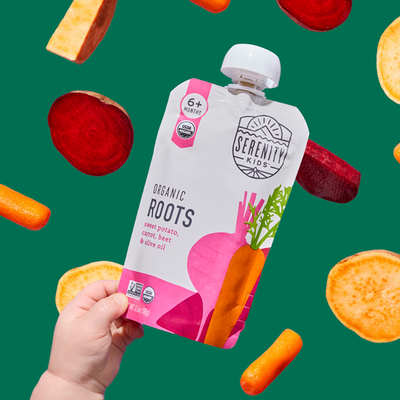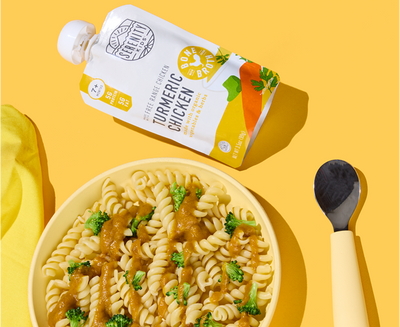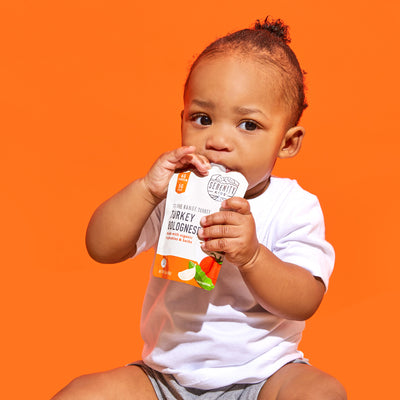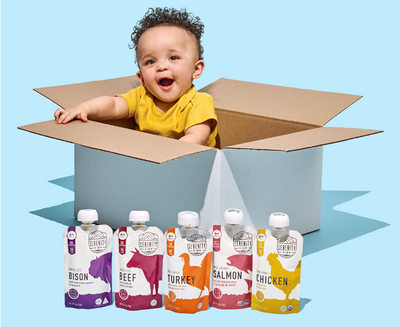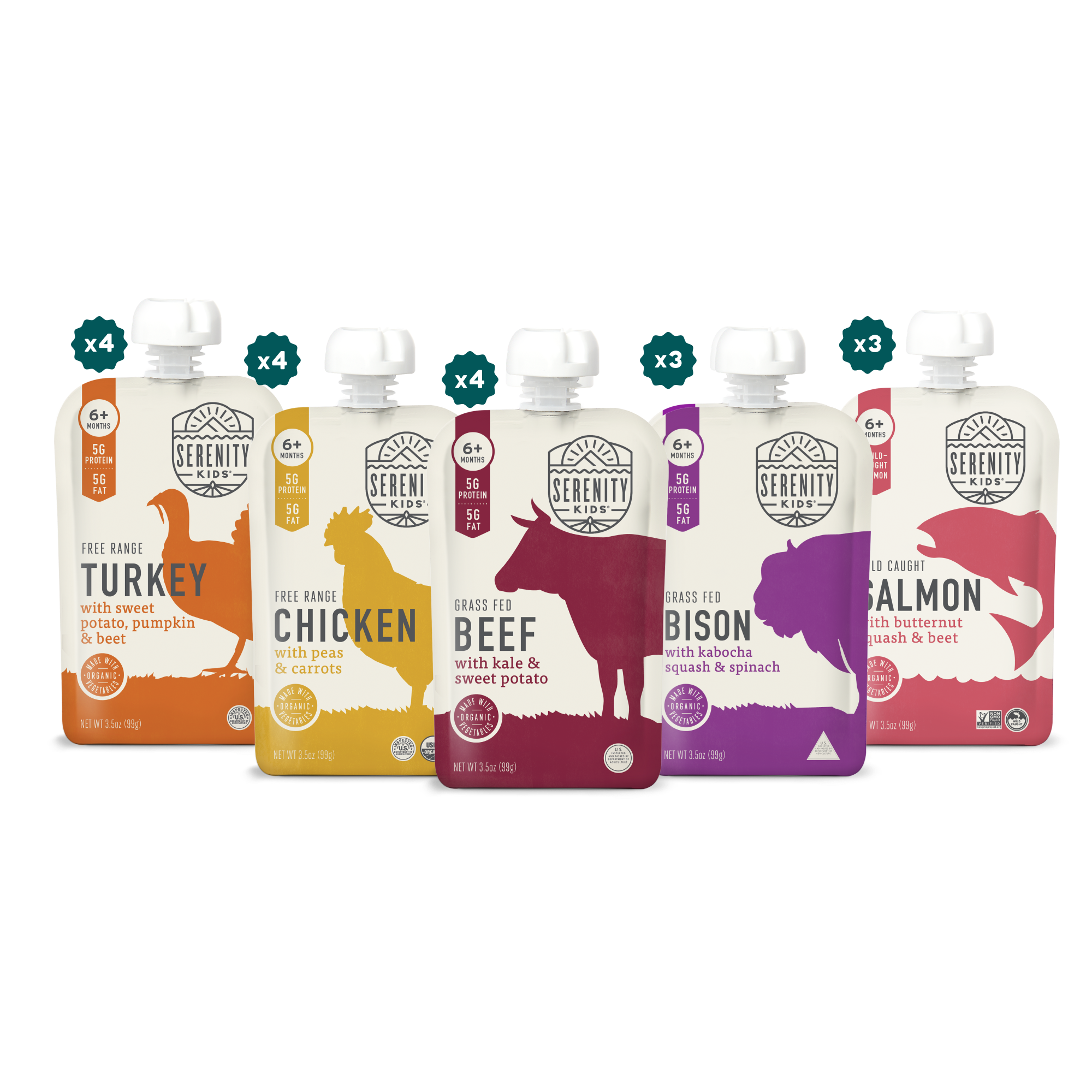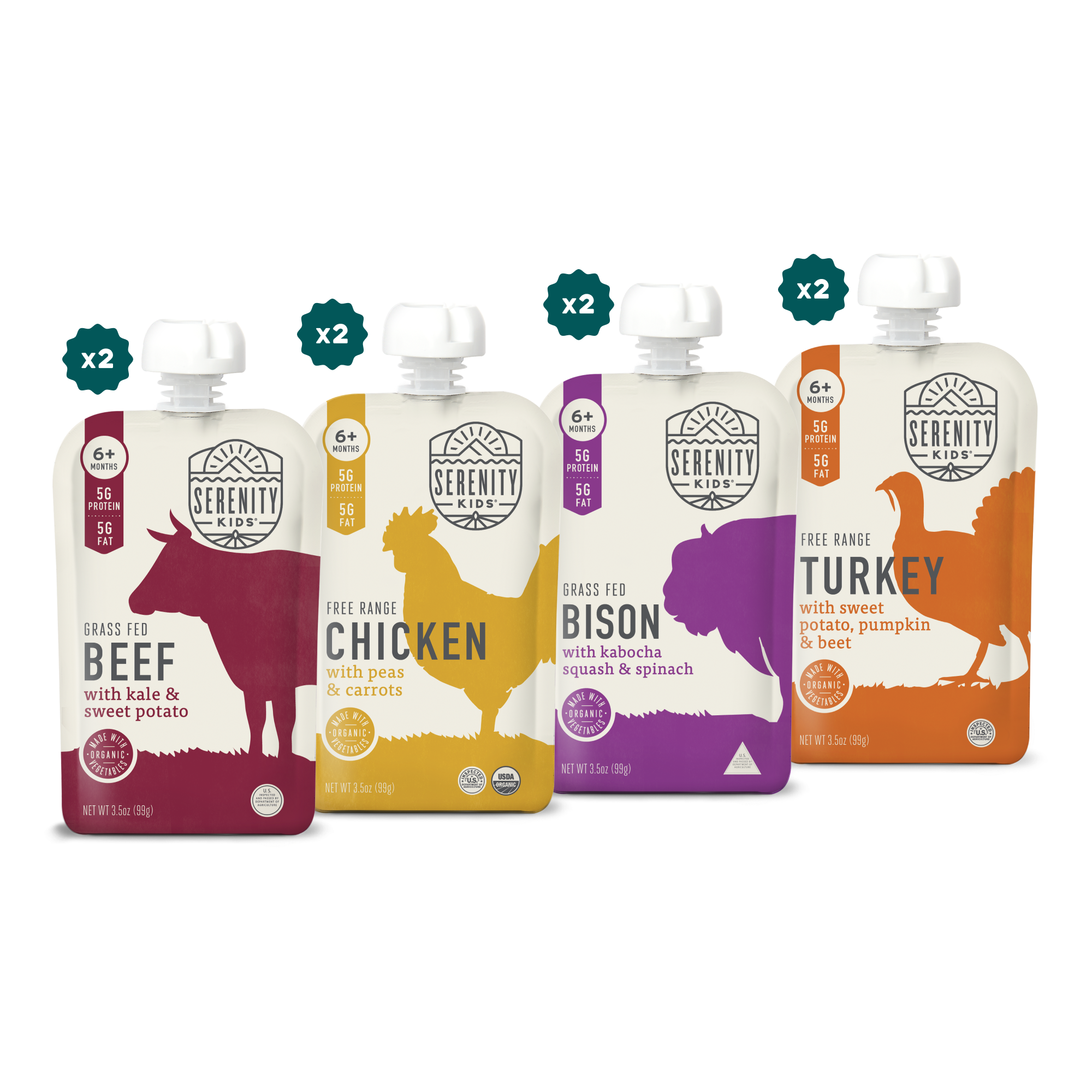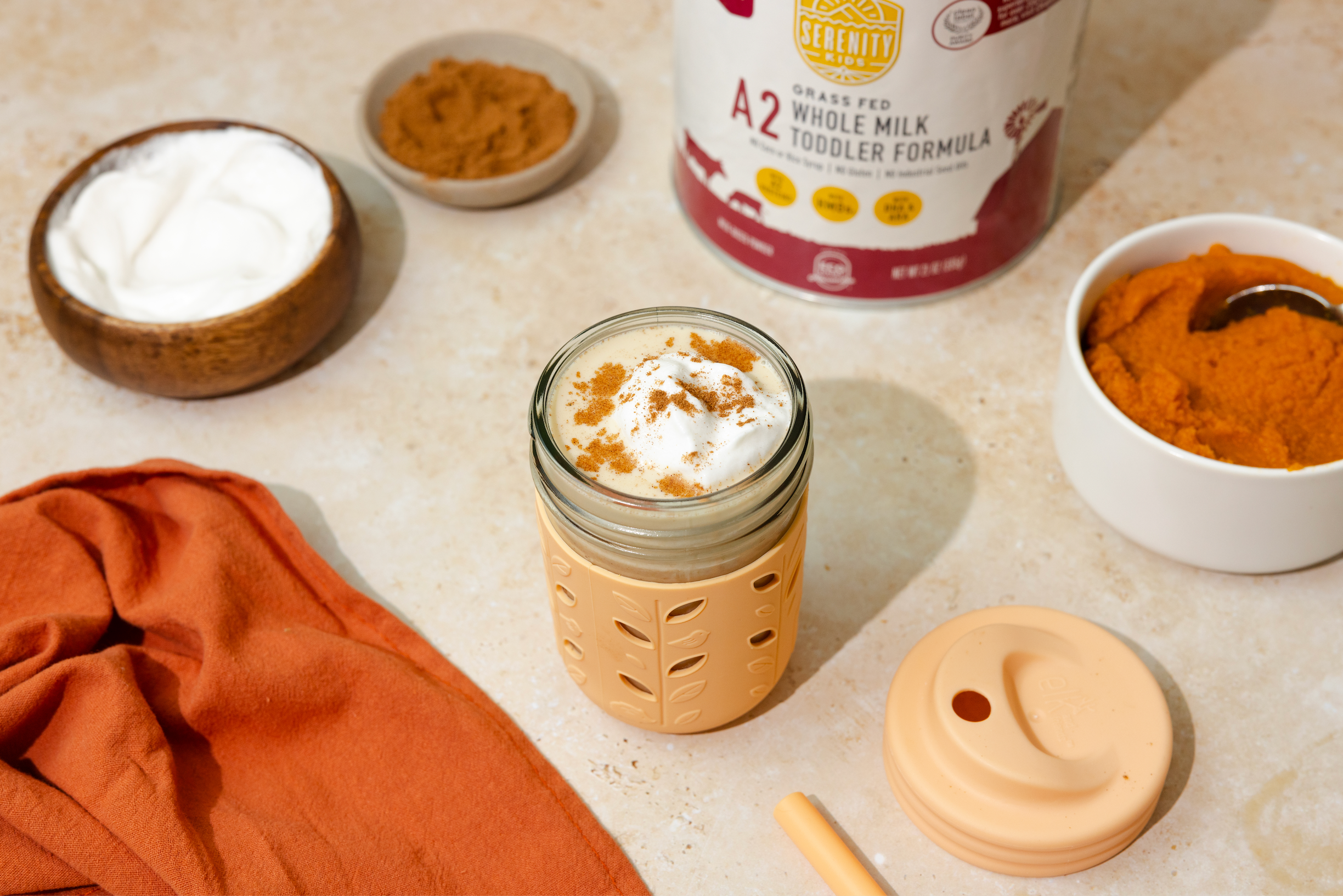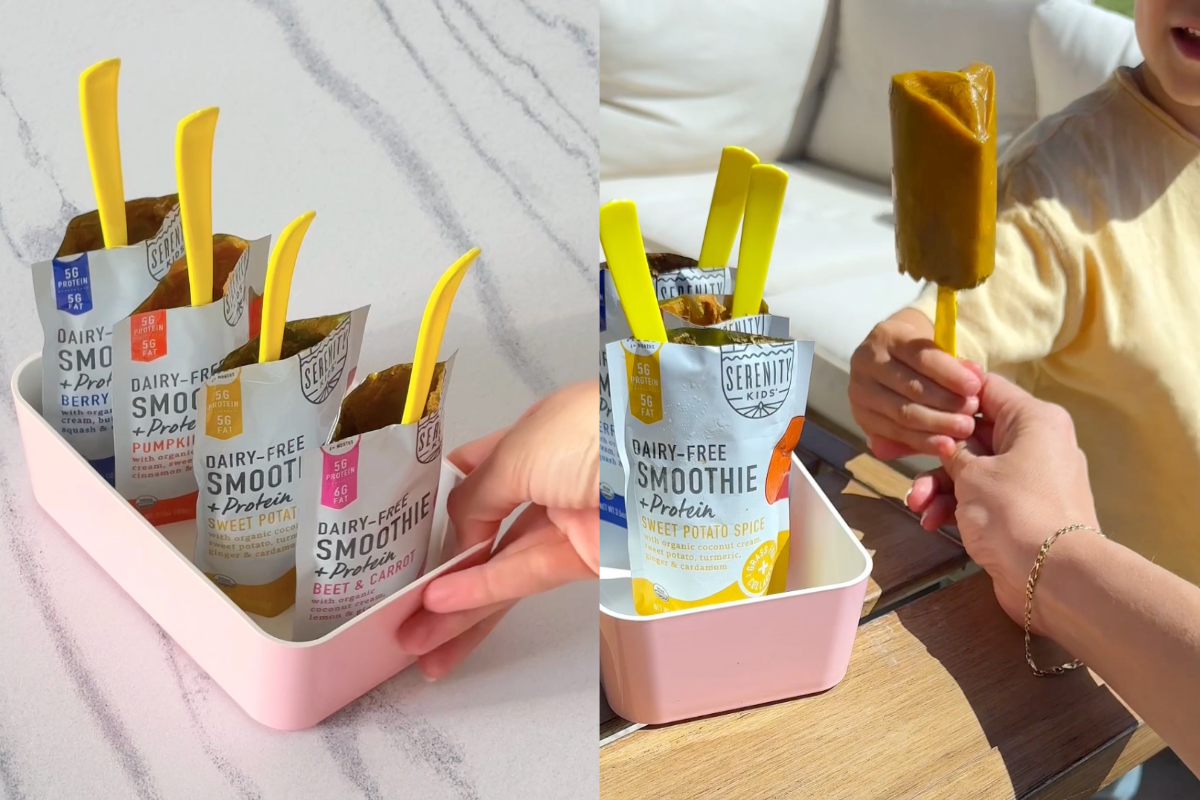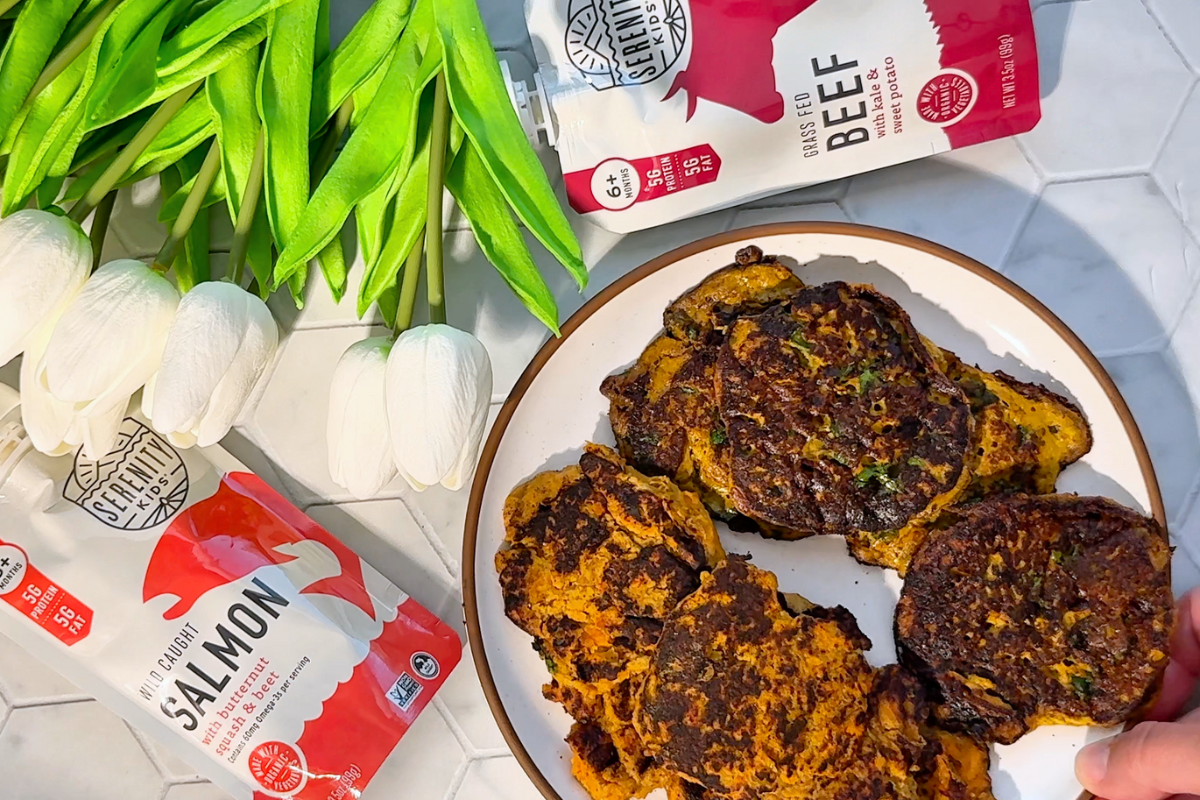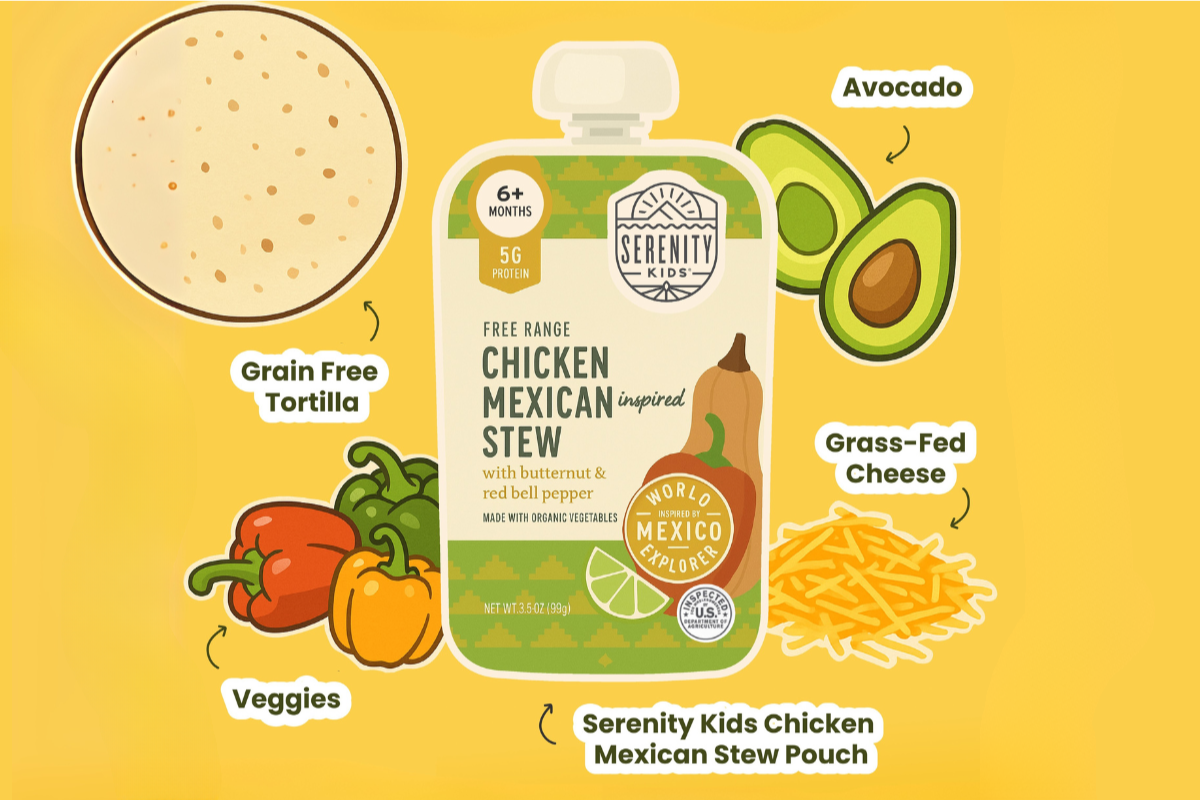TABLE OF CONTENTS
Written by Hillary Bennetts
March 01, 2024
Kitchen Safety for Kids: Fostering a Safe and Joyful Cooking Experience

As parents, caregivers, or educators, we all know how crucial it is to instill essential life skills in our little ones, and what better way to start than in the heart of our homes—the kitchen. In this blog, we'll provide practical tips and advice to create an environment where children can not only learn the basics of cooking but also develop an awareness of how to stay safe while having fun.
The Importance of Teaching Kitchen Safety for Kids
Getting kids involved in cooking can help them be more connected to their food and even lead to more adventurous eating. They’re more likely to try new foods they helped prepare! That said, due to the nature of the kitchen environment (like knives and fire!) it is important to teach kids about kitchen safety alongside the skills and fun stuff. We'll delve into specific strategies for preventing accidents and injuries, discuss how learning safety in the kitchen can support essential life skills and decision-making, and explore the positive impact on family bonds and childhood memories.
Kitchen Safety Rules for Kids
Let's get into our top safety tips for kids in the kitchen. When you're first getting started, go over this list before starting to cook. It can also be helpful to print this list and put it in the kitchen. even if your little ones are too young to read, it can serve as a good reminder.
1. Always Wash Your Hands
Food preparation should always start with clean hands. Get into the habit of starting all of your kitchen adventures by washing your hands with soap and warm water.
Best Sellers
They're not just parent favorites—they're little ones favorites too.Beef Chimichurri
with Organic Vegetables, Herbs & Spices
2. Wear Appropriate Clothes
Stains and snags can happen in the kitchen, so dress appropriately. Don't wear clothes that you wouldn't want to stain, or layer with an apron to protect your clothes. It's also a good idea to avoid any longer sleeves or flowy items that could get stuck or snagged on a drawer or pot handle. Short sleeves also make it easier to wash hands and keep sleeves out of bowls.
3. Ask for an Adult's Permission
Teach kids to listen for instruction and ask for an adult's permission before taking any next steps. This rule can be softened for older kids who have a bit more experience, but it's the safest place to start.
4. Handle Knives Safely
We follow three rules for sharp knives (a dull butter knife is an exception):
-
Only touch the handle of the knife
-
Only use knives to cut food
-
Only use knives with adult supervision
5. Use Oven Mitts for Hot Pots and Pans
Familiarize your child with items that get hot, and how to protect themselves. Make sure to teach them to use oven mitts or potholders when handling hot pots, pot handles, or pans. Early on, you may just instruct them to not touch these items at all.
6. Be Aware of Hot Surfaces
Similarly, teach kids what surfaces may get hot to touch, like the stovetop, the front of the oven, or the side of a crock pot.
7. Turn Appliances Off After Use
Teach your kids to turn off appliances immediately after use. Even if you plan to use a burner again, if you remove a pot to drain water, turn off the burner until the pot is back on the stove. This can help to mitigate accidents, and it also saves energy.
8. Know the Location of the Fire Extinguisher
We hope it is never needed, but be sure that everyone knows where the fire extinguisher is located in the kitchen. Ideally, everyone will know how to use it, but this is generally learned at an older age.
9. Learn First Aid Basics
Little burns and cuts are par for the course in cooking, don’t be super alarmed when they happen, and help teach your kid how to treat them and not let this interfere with the joys of cooking
10. Meat safety. Don’t let raw meat touch something you’re going to eat later
It is also important to teach about proper handling of raw foods like meat, fish, and eggs. These things can make us sick if we don't handle them properly. Always put any items right into the sink or dishwasher that touched raw food (like cutting boards, knives, or bowls with marinade). Then wash hands thoroughly after handling raw foods. Learn more here.
Adult Supervision and Emergency Preparedness
1. Always Keep an Eye
Cooking with kids shouldn't be rushed, and the cooking can always come secondary to their safety. The goal is to allow for a bit of exploration without hovering or micromanaging. Just always have an eye on your child or children in the kitchen, and only intervene if there is a safety concern.
2. Know What to Do in Emergencies
Be prepared for any type of emergency that could happen in the kitchen. For example, make sure you know how to use the fire extinguisher.
3. Learn Basic First Aid
Make sure you know how to handle basic first aid, like how to treat cuts and burns. If an accident does happen, your little one might be scared or upset, so you'll want to be able to treat the injury while remaining calm.
Kid-Friendly cooking tools:
Chef Della loves having her own special cooking tools that are made just for her! Here are her faves:
Takeaways
Getting kids involved in cooking can feel intimidating, but the effort is well worth it. Teaching kids to cook can help them be more connected to their food and even lead to more adventurous eating. It's also an important life skill as they grow older. We hope these tips help you to stay safe as you're having fun in the kitchen. If you need some recipes to get started, check out some of our favorites that feature our delicious and nutritious Serenity Kids products - some of them are even demonstrated by our very own Chef Della!
You Might Also Like
· 1 min read · Recipes
· 7 min read · Education
